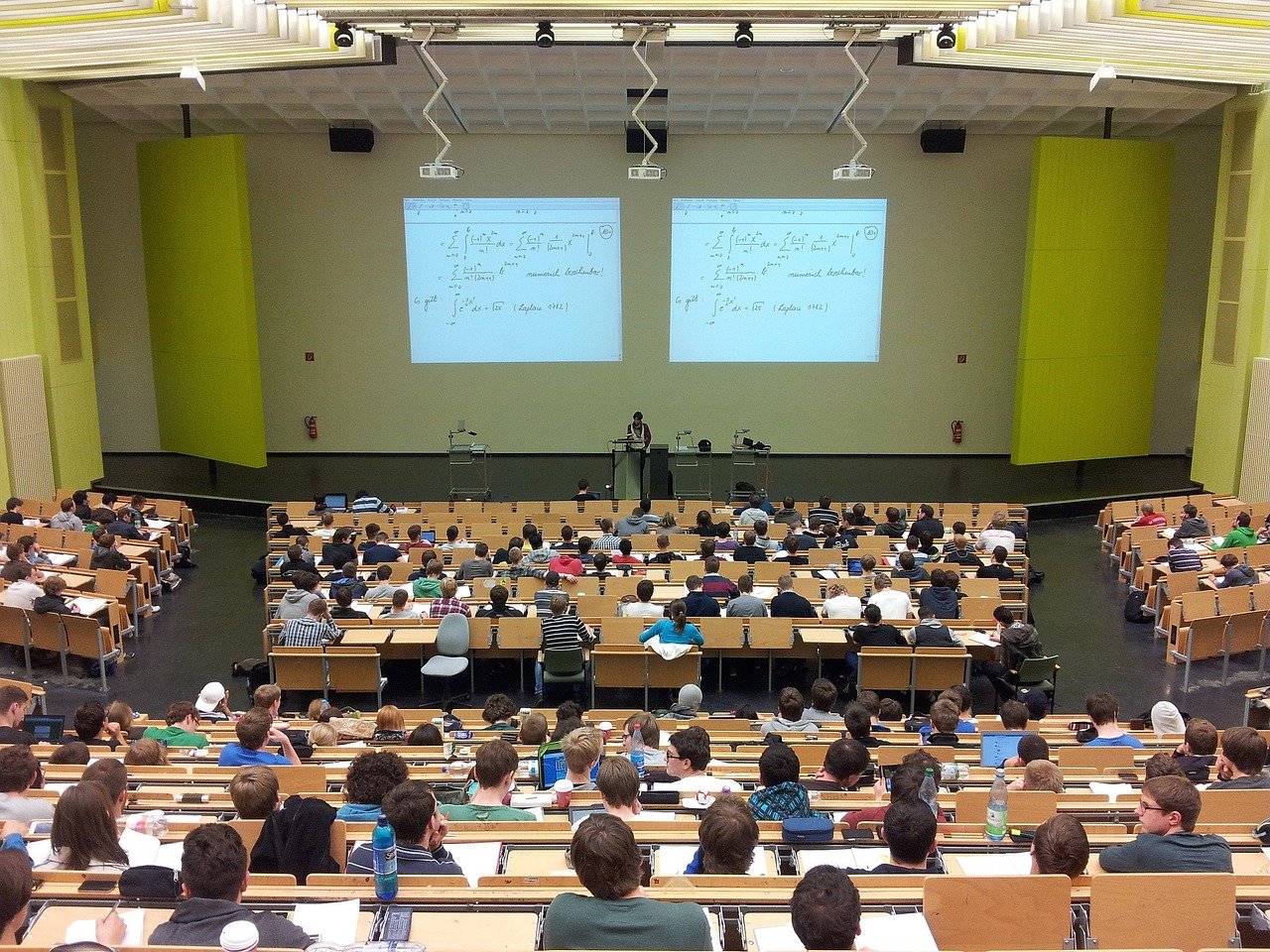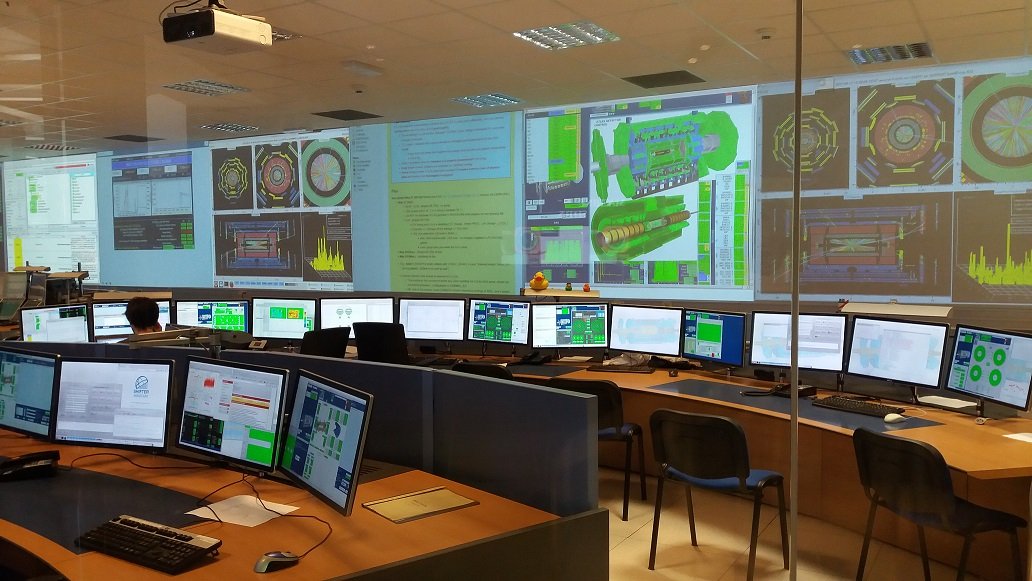A music room at home is a dedicated space designed for the purpose of playing, practicing, and enjoying music. It provides an environment where individuals can engage in musical activities without disturbing others in the house or being disturbed by external noise.
A music room can be for anyone who has an interest in music, whether they are beginners, hobbyists, or professional musicians. It can be used by individuals or groups, such as bands or ensembles, depending on the available space and equipment.
To set up a music room at home, you will need a few essential items and considerations:
- Space: Determine the available space in your home that can be dedicated to a music room. It could be a spare room, a basement, or even a portion of a larger room.
- Acoustics: Consider the acoustic properties of the room. You may want to enhance the sound quality by adding acoustic treatment like foam panels, diffusers, or bass traps to control echoes and reverberation.
- Instruments: Decide on the instruments you want to have in your music room based on your personal preferences and interests. It could be a piano, guitar, drums, synthesizer, or any other instrument you enjoy playing. Ensure you have enough space to accommodate the instruments comfortably.
- Amplification and sound system: Depending on the instruments you choose, you may need amplifiers, microphones, speakers, or a mixer to achieve the desired sound. If you plan to record music, consider investing in audio interfaces and recording equipment.
- Furniture and seating: Provide comfortable seating options for yourself and others who may join you in the music room. Consider adding storage solutions for sheet music, cables, and other accessories.
- Lighting: Adequate lighting is essential for reading sheet music or operating equipment. Install appropriate lighting fixtures or use adjustable lamps to ensure proper visibility.
- Electrical outlets: Make sure there are enough electrical outlets to power your instruments, equipment, and any additional electronics you may have.
- Soundproofing: If you want to isolate the sound within the music room or minimize the noise entering from outside, you can consider soundproofing the room with insulation, double-layered walls, or specialized soundproofing materials.
Remember, the setup of a music room can vary depending on individual preferences, available space, and budget. It’s essential to tailor the room to your specific musical needs and create a comfortable and inspiring environment for your musical endeavors.
With the recent innovation such as acoustic pod, you can now consider to get one and have portable music room at home instantly without having to do permanent makeover to specific room within your house.







